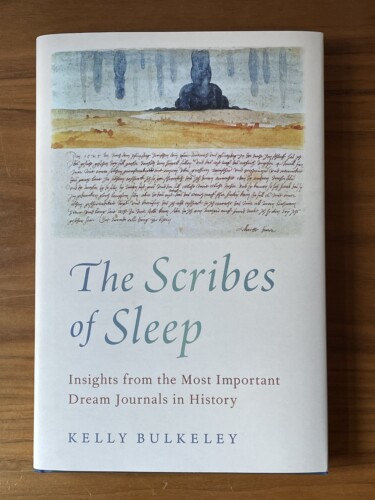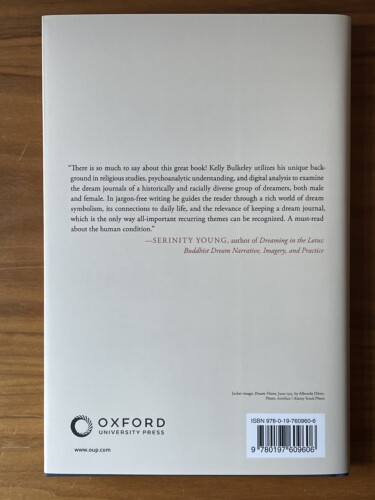 Here are the recent posts I have written for Psychology Today, going back to the middle of last summer. Although each one is written as a stand-alone discussion of a special topic in dreaming, I now realize they also form a series of interrelated texts, like the chapters of a book I didn’t consciously know I was writing….
Here are the recent posts I have written for Psychology Today, going back to the middle of last summer. Although each one is written as a stand-alone discussion of a special topic in dreaming, I now realize they also form a series of interrelated texts, like the chapters of a book I didn’t consciously know I was writing….
- The Varieties of Dream Recall – the different practices that might be helpful for people with different types of dream recall.
- The Trickster in Dreams – an archetypal figure of mischief and transformation often appears in dreams to express the chaotic energies of the unconscious.
- Dreaming and Spiritual Practice – focusing especially on big dreams and long-term dream journals.
- The Playful Art of Dream Cartoons – a look at the history of dream cartoons, up to Roz Chast’s new book I Must Be Dreaming.
- Dreams of Losing a Sports Hero – prompted by the departure of Damien Lillard from the Portland Trailblazers NBA basketball team.
- Who is Most Likely to Dream of the Dead? – some people are more likely to experience visitation dreams of those who have already died.
- Nightmares of Climate Change – dreams reflect our interactions with the increasingly disturbed natural environment.
- The Many Functions of Dreaming – a response to those who reject any claim about the alleged functions of dreaming.
- Atheism and Dreaming – why some atheists dismiss dreams, and why they might reconsider doing so if they knew about current dream research.

 A new article about dreaming and sports, co-authored by me and Michael Schredl, has just been accepted for publication by the journal
A new article about dreaming and sports, co-authored by me and Michael Schredl, has just been accepted for publication by the journal  Recently wrote a post for
Recently wrote a post for  What’s it like to keep a long-term dream journal? These days I’m doing everything I can to help in developing and promoting the new app
What’s it like to keep a long-term dream journal? These days I’m doing everything I can to help in developing and promoting the new app 


 My latest book, The Scribes of Sleep, has just been published by Oxford University Press. It’s a work dedicated to people who keep dream journals, as a new resource for learning more about the fascinating and largely unknown history of dream journal practices. The book is also intended as an argument in favor of dream journals as a valuable source of empirical data for scientific research into the nature and functions of dreaming.
My latest book, The Scribes of Sleep, has just been published by Oxford University Press. It’s a work dedicated to people who keep dream journals, as a new resource for learning more about the fascinating and largely unknown history of dream journal practices. The book is also intended as an argument in favor of dream journals as a valuable source of empirical data for scientific research into the nature and functions of dreaming.